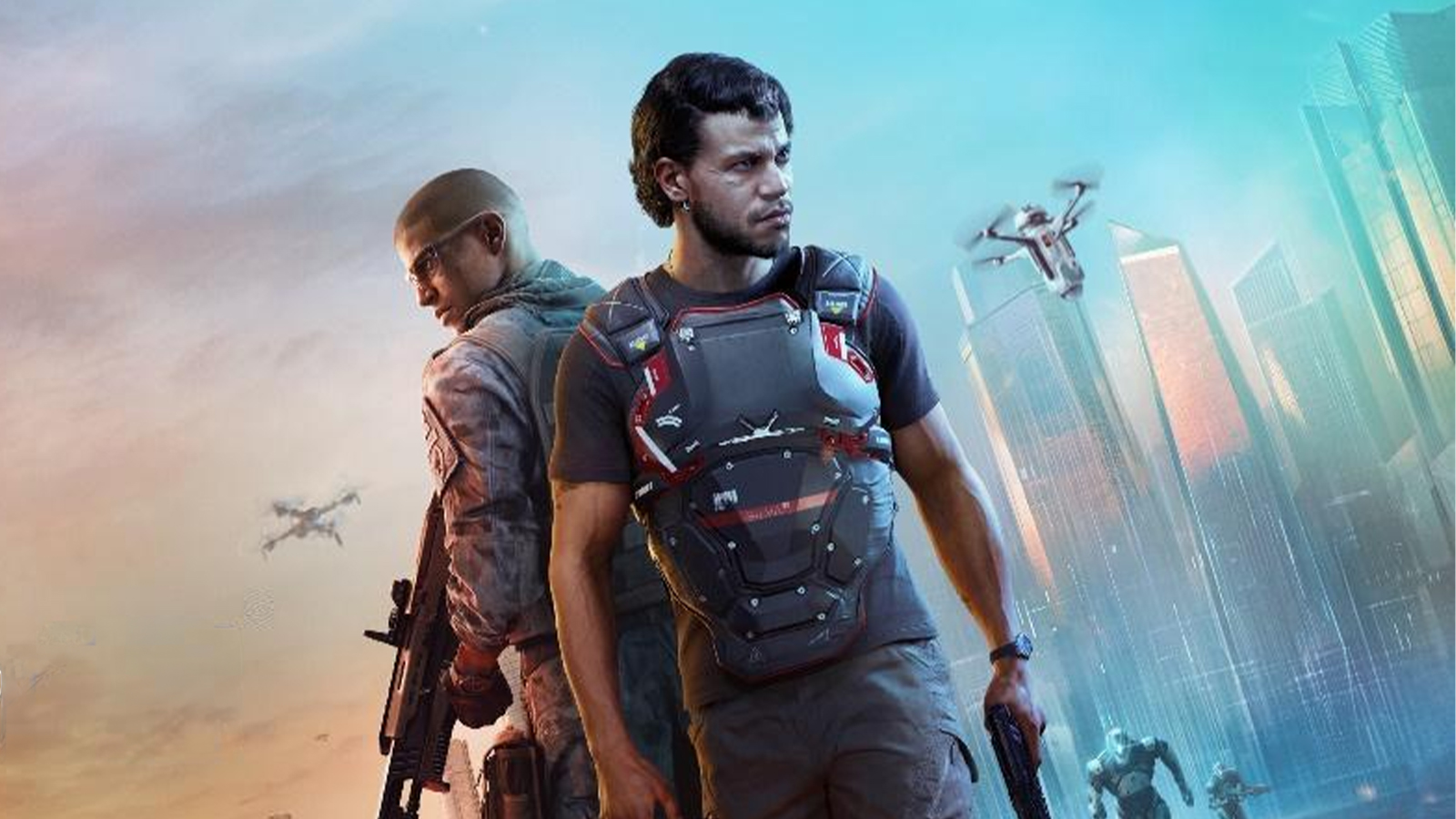6 best digital art tools of 2017 so far
It’s always exciting to see new digital art tools hit the market. But in 2017, it feels like there’s something extra-special in the air.
Right now, merging technologies are ramping up digital art software like never before. We’re seeing better representation of traditional art techniques, better interpretation of digital artists’ strokes, and new virtual environments for art creation.
In this post, we round up six of the best recent releases taking advantage of these trends. But things move fast, so keep checking Creative Bloq to make sure you don’t miss the next wave of tools to hit the market.
Or, if you want to create some awesome digital artwork, check out our guide to the best digital art software around.
01. Corel Painter 2018
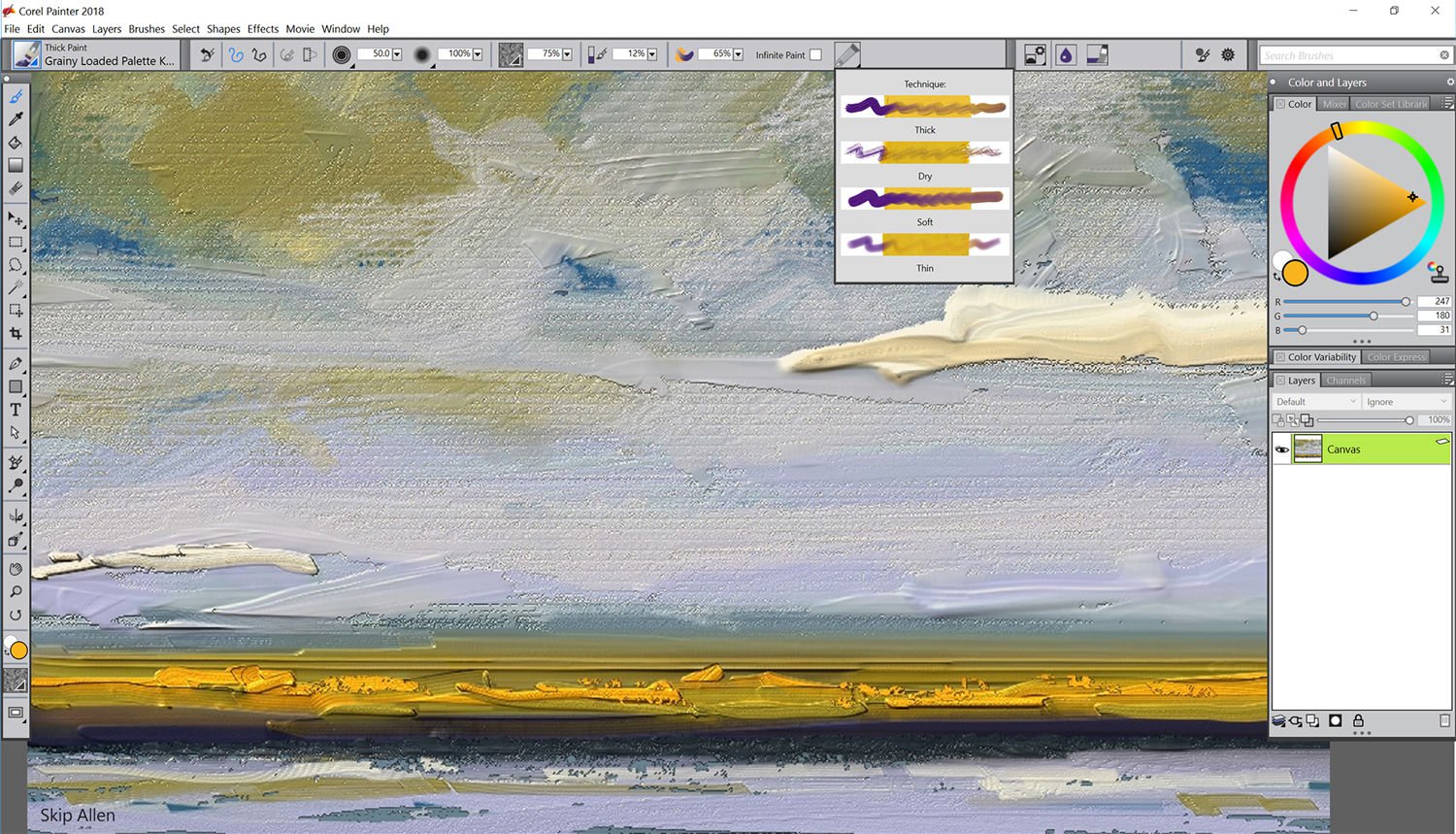
Corel Painter is an established name in digital art software, with its makers keen to funnel user feedback into each new iteration. And the 2018 version, released last month, fits right into that mould. Its most talked-about new feature is Thick Paint, aimed squarely at artists from a traditional painting background.
When used in combination with a new selection of brushes and palette knives, Thick Paint enables you to apply digital paint in layers, which means you can pull, push, scrape and build it up with your stylus in a way that’s significantly closer to the physical experience of slapping actual paint on a canvas.
Other additions to the 2018 version include a new range of 2.5D Thick Texture brushes and a new Natural-Media brush library. Plus there’s the Texture Synthesis tool, which lets you select a particular area of an painting and tell Painter to automatically generate a larger image based on its texture.
Daily design news, reviews, how-tos and more, as picked by the editors.
You can learn more about the new features in Corel Painter 2018 here.
02. Rebelle 2
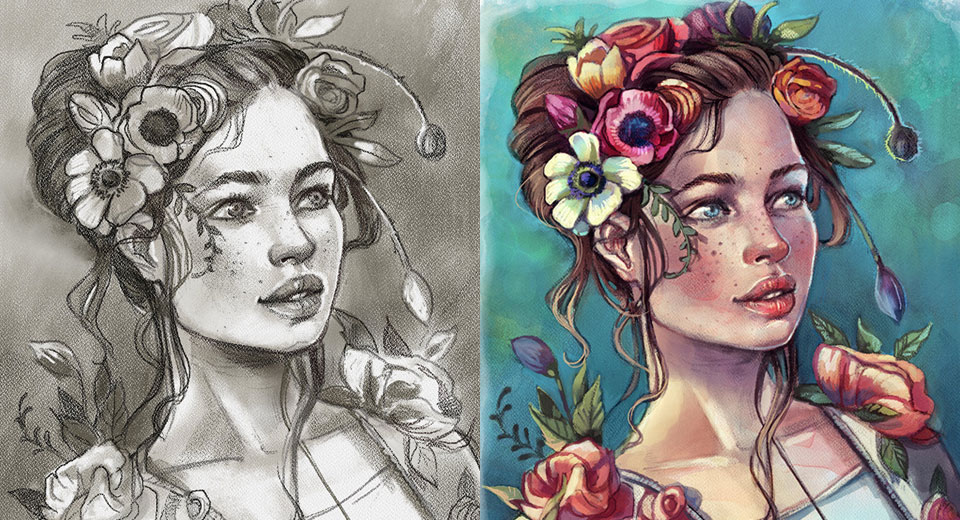
We’ve long been fans of Rebelle, a popular budget painting tool from Escape Motion. It’s essentially a decent, cut-price version of Corel Painter with some cool little features all of its own, such as the Blow tool, which simulates your breath on the digital canvas in a similar way to how it would affect wet paint. Released in April, the latest version of Rebelle follows its pricier rival in bringing traditional and digital painting practices ever closer together.
In particular, Rebelle has made big strides in improving the realism of its watercolour brushes, which can now more accurately mimic the colour mixing, blending, wet-diffusion and drying that take place in physical painting. For example, you can now smear your watercolour paint, blow wet washes across your canvas, and even tilt it to create drops and runs.
Learn more about the new features in Rebelle 2 here.
03. CorelDRAW’s LiveSketch tool
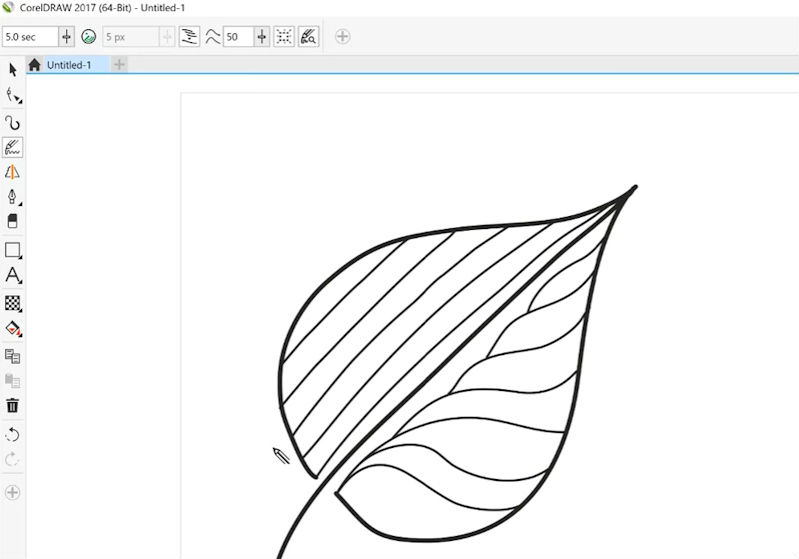
Corel doesn’t just have one digital art tool up its sleeve. To complement its raster-based Painter, it also produces a vector drawing program, CorelDRAW. And this year’s iteration comes with a very useful tool for digital artists: Corel LiveSketch.
LiveSketch uses sophisticated artificial intelligence (AI) technology to interpret what you’re trying to achieve with your strokes and reproduce it on screen. In other words, if you’re unable to draw a long, smooth, continuous line with your stylus naturally, you can tell the program to create one based on a series of short strokes. It sounds like dark magic, but our reviewer found it worked a treat.
Learn more about CorelDRAW here.
04. Google Autodraw

Corel isn’t the only big player experimenting with AI drawing technology right now. In April, Google brought out its own intuitive art tool in the form of Autodraw. Autodraw specialises in taking amateur doodles, matches them with images in its database, and then transforming them into something slicker.
While it is a digital art tool, it’s not one aimed at digital artists. In fact, it’s primarily for people who are no good at drawing at all. Still it’s free to download to your phone or desktop, and a lot of fun to play around with.
05. Google Blocks
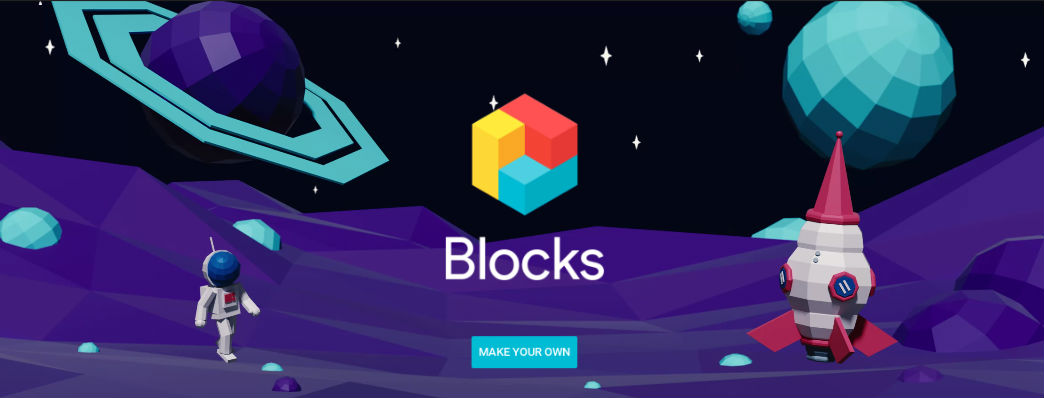
If Autodraw is aimed at amateurs, Google Blocks, released this month, is a lot more interesting for pro artists. Available for free on the Oculus Rift and HTC Vive, Google Blocks aims to help you make colourful, low-poly, 3D art in virtual reality.
Blocks is as intuitive in use as Google’s other popular VR drawing program, Tilt Brush, which it complements rather than replaces. And it can be used to make some pretty impressive artwork, as its website’s gallery demonstrates.
Once you’ve completed your artwork, you can export it to VR and AR software as an .obj file, or show it to everybody on the web in the form of an animated GIF.
06. Edvard Munch brushes
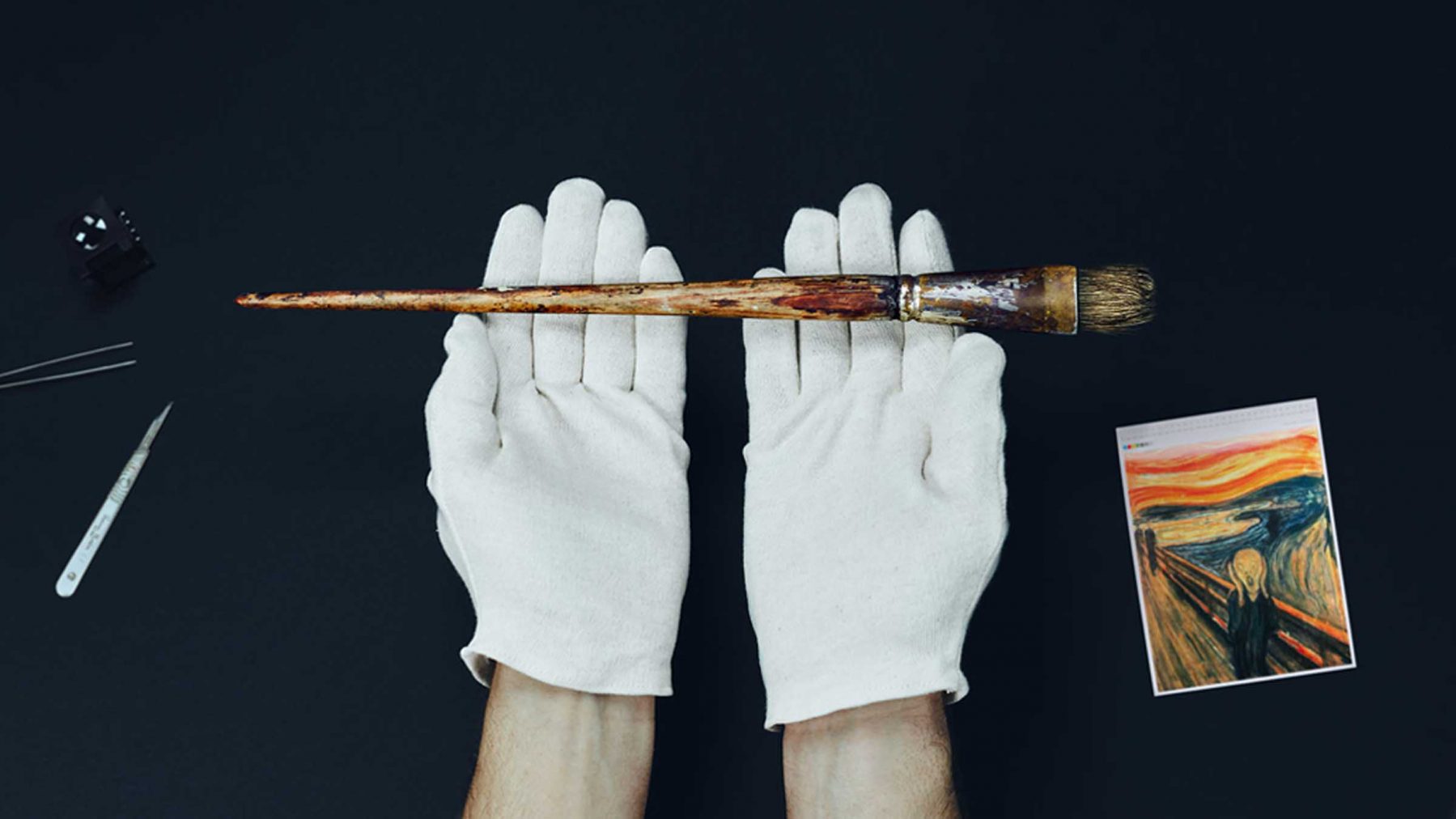
Photoshop is still a favourite tool of many a digital artist. But while 2017 hasn’t yet seen a new version of Adobe’s warhorse, digital artists have had one treat in the form of some cool new Photoshop brushes.
You may or may not know the name of Norwegian expressionist painter Edvard Munch (1863-1944), but you’ll certainly recognise his most famous painting, The Scream. And last month, as part of a painting contest, Adobe released a free set of Photoshop brushes that replicate the ones used by the man himself.
These were created in collaboration with Oslo’s Munch Museum and Photoshop brush maker Kyle T Webster, based on scans of the original brushes in 3D. Learn more about the new Photoshop brushes here.

Tom May is an award-winning journalist specialising in art, design, photography and technology. His latest book, The 50 Greatest Designers (Arcturus Publishing), was published this June. He's also author of Great TED Talks: Creativity (Pavilion Books). Tom was previously editor of Professional Photography magazine, associate editor at Creative Bloq, and deputy editor at net magazine.
